Cuban Evolution
© Joakim EskildsenFor centuries, Cuba's greatest resource has been its people," writes Pico Iyer in an extended essay on the Caribbean nation. In the twilight of the Castro era, Cubans are finding that change brings both hope and anxiety.
To pair with Iyer's tome, TIME called upon Danish photographer Joakim Eskildsen who traveled to Cuba for ten days, photographing urban housing projects in Havana and rural settlements across the countryside. With the help of local journalist Abel Gonzalez Alayon, Eskildsen photographed tobacco plantations, roadside fruit vendors, migrant workers and beachfront resorts — capturing all in the vibrant saturation of medium-format color film.
"I immediately fell in awe with the complexity of this country," says Eskildsen. "The more you learn about the situation and how people are living, the more difficult it becomes to understand. It was like learning to view the world form a Cuban angle that kept surprising and inspiring me.” Eskildsen visited Cuba several times after the TIME assignment and continues to document Cuba
click to view the complete series in the archive
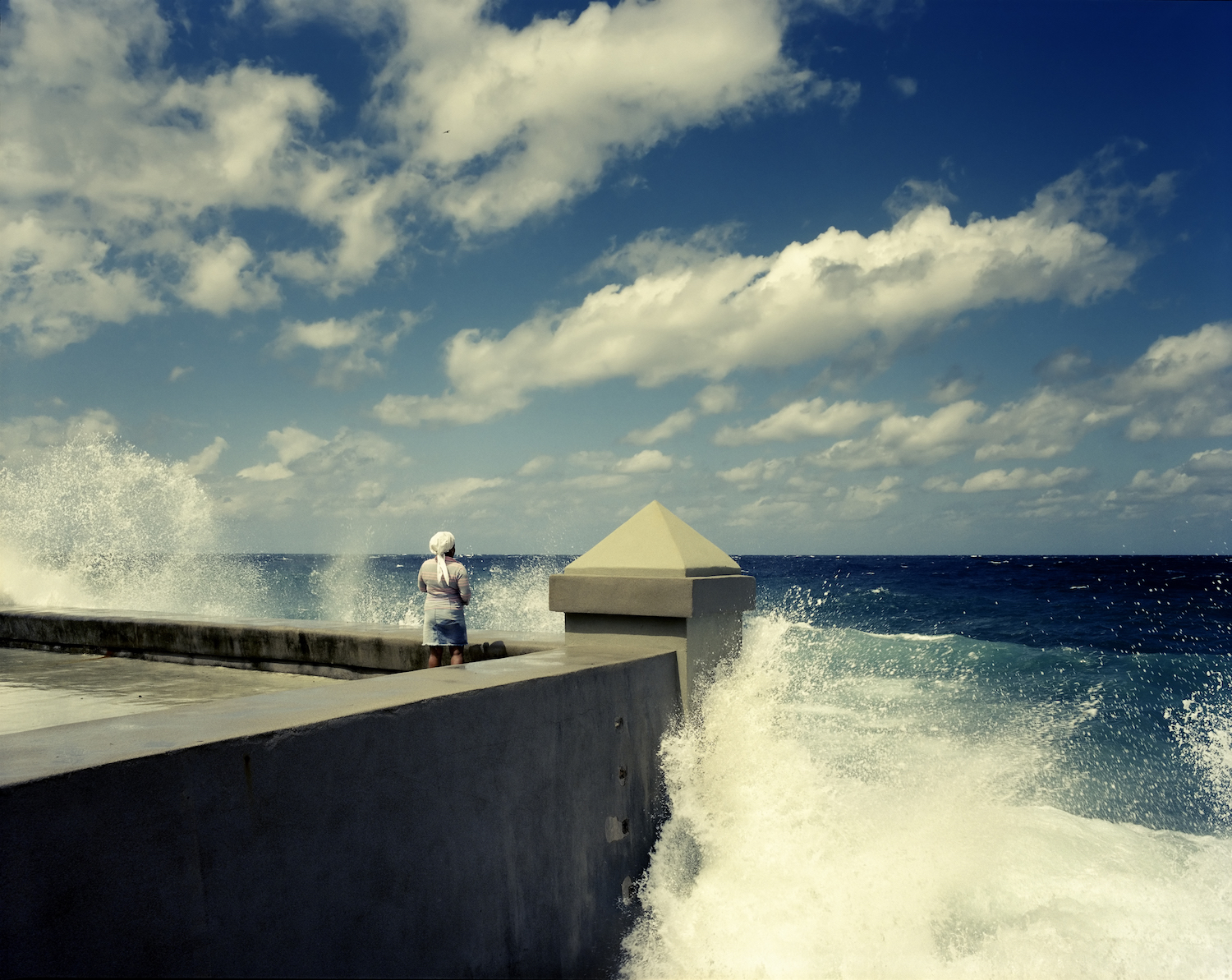
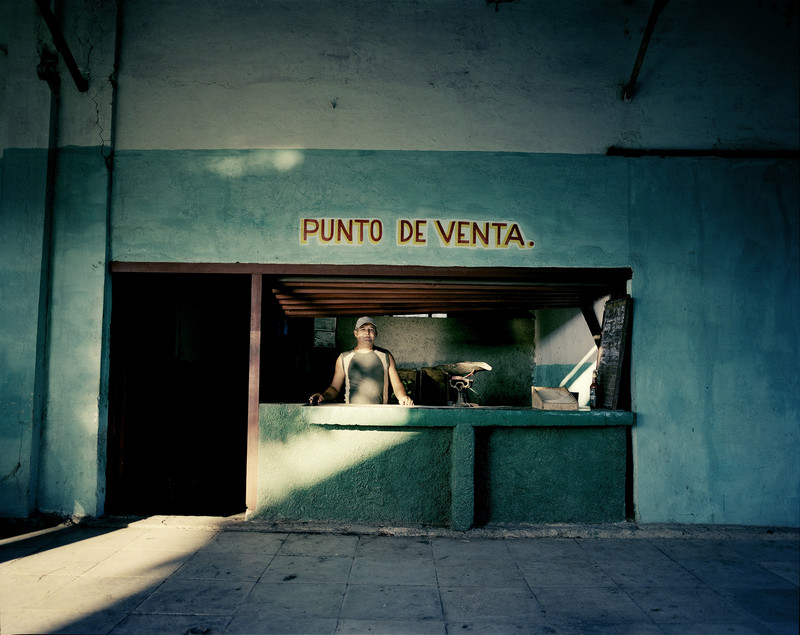





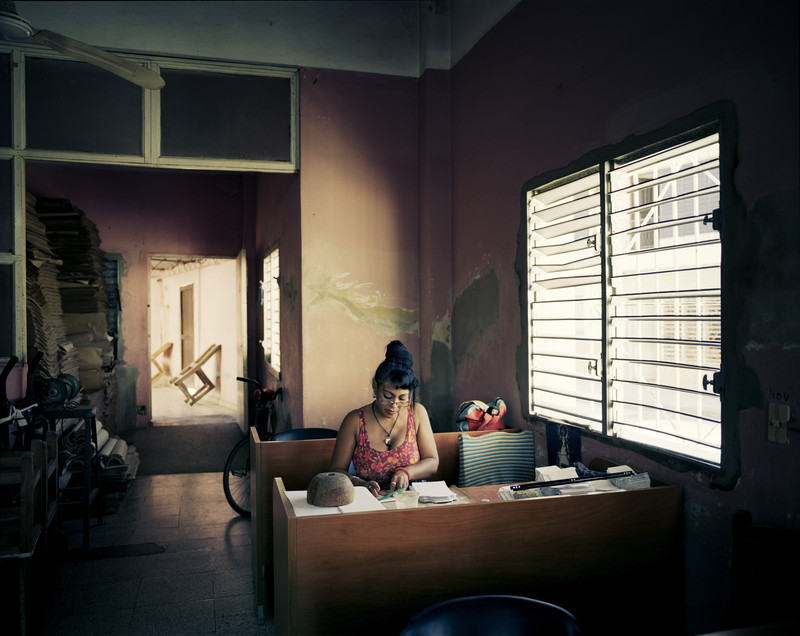
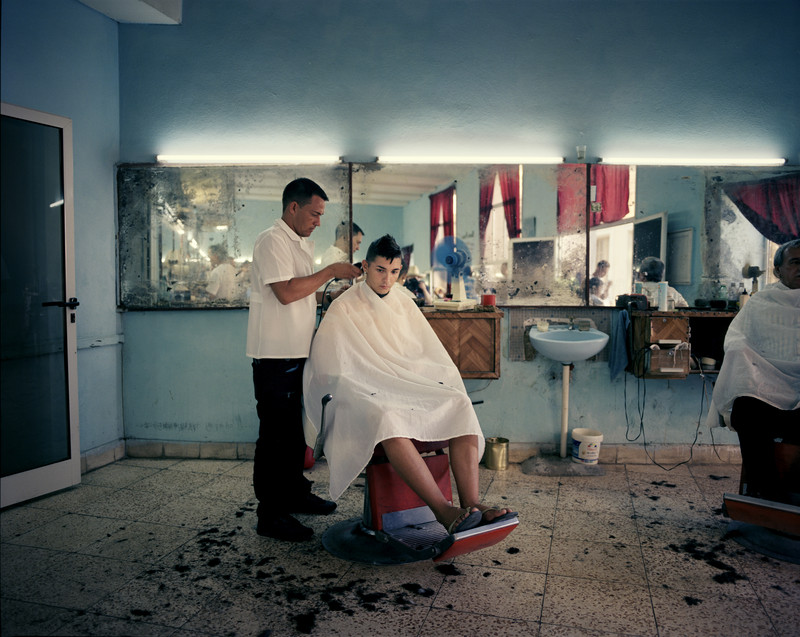
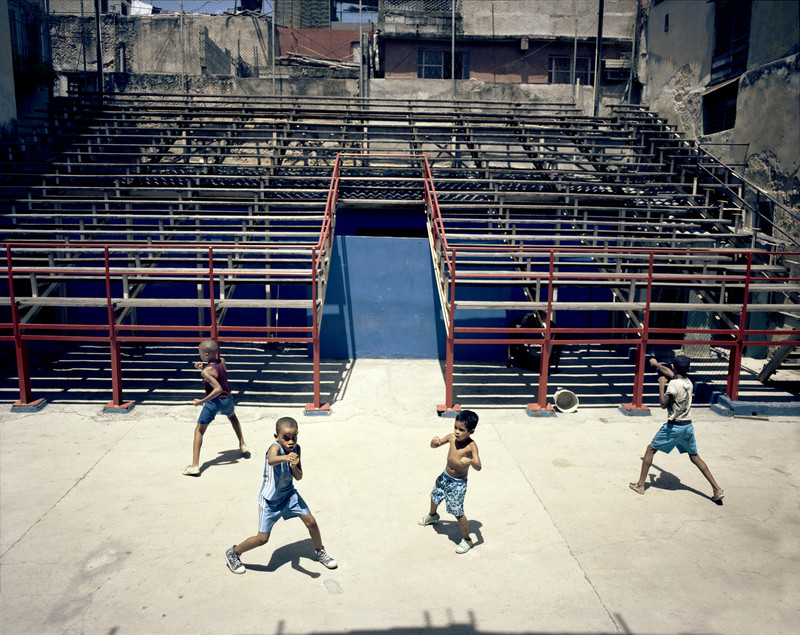
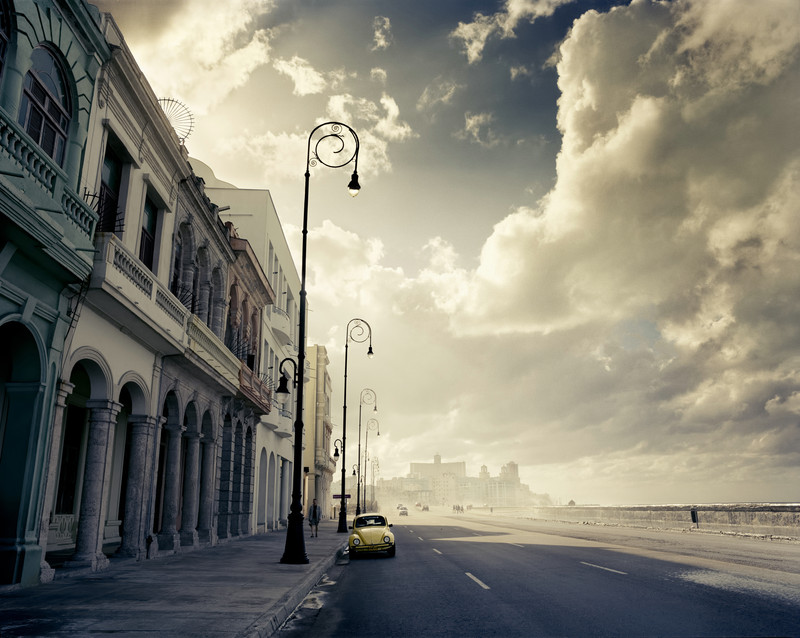
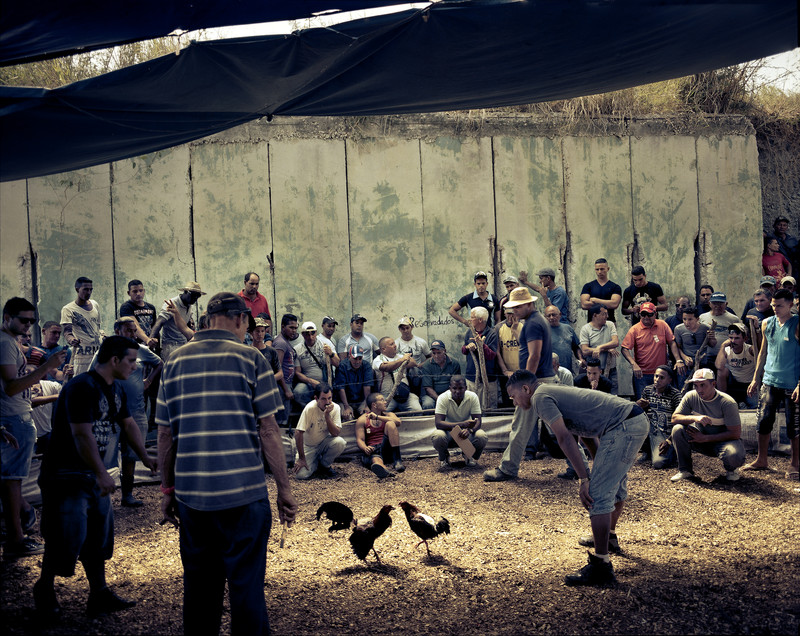
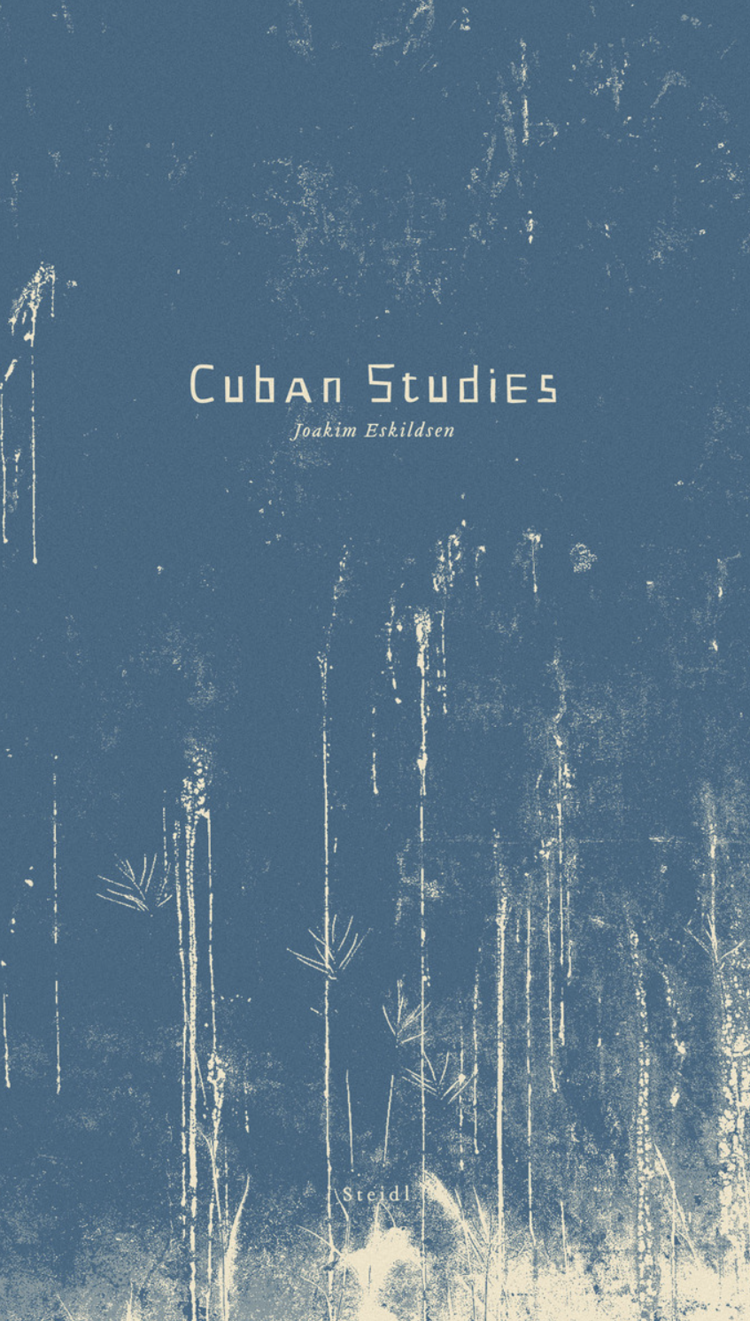
Cuban Studies is Joakim Eskildsen’s third book in his trilogy on dysfunctional political systems, following American Realities, which dealt with people living under the official poverty line in the United States after the financial collapse of 2011, and Cornwall, a poetic photographic study of the county that voted for Britain to leave the European Union but would now decide otherwise. Cuban Studies is the result of Eskildsen’s journeys between 2013 and 2016, when, accompanied by Cuban journalist Abel Gonzalez, he traveled throughout the country during a period of major transition following economic reforms. “The more I learned about Cuba,” says Eskildsen, “the more difficult it became to understand. It was like learning to see the world from a different angle, so distinct from what I knew that I decided to keep an open mind and take the position of the listener, following my instincts rather than anything else. From my very first journey, Cuba put a spell on me that made me return again and again. It was a time of optimism and uncertainty, and great hope for the future.”
Steidl
144 pages, 118 images
Hardback / Clothbound
18 x 31.2 cm
English
ISBN 978-3-95829-704-3
Steidl
144 pages, 118 images
Hardback / Clothbound
18 x 31.2 cm
English
ISBN 978-3-95829-704-3
